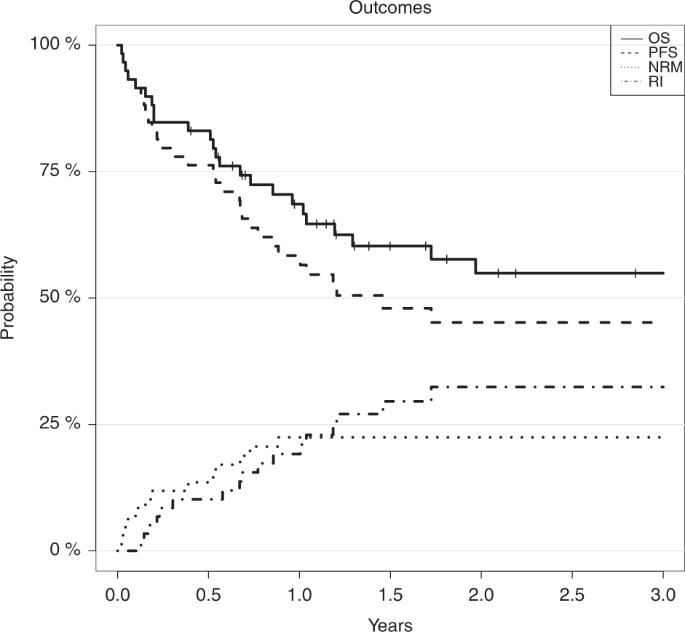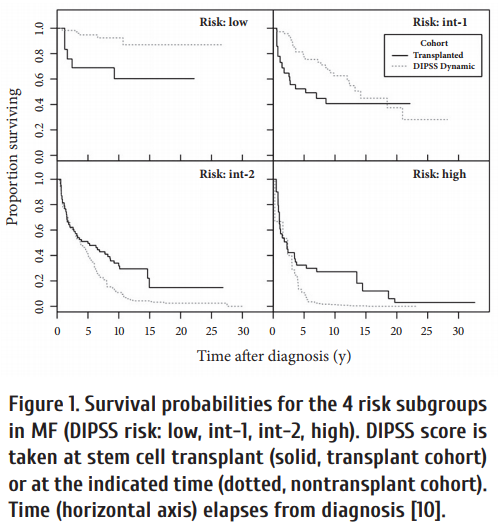Myelofibrosis mf is a clonal myeloproliferative neoplasm mpn that can arise de novo or result from previous polycythemia vera or essential thrombocythemia post et mf.
Myelofibrosis stem cell transplant success rate.
My sister was only a 50 match and dr.
The patient is given chemotherapy or radiation therapy in order to remove defective bone marrow.
In an effort to improve stem cell transplant outcomes for mf patients mpnrf created a stem cell transplant timing tool.
Myelofibrosis is typically treated with a stem cell transplant so i started working with uday popat m d to find a donor.
Myelofibrosis is a rare kind of blood cancer that keeps your body from making the blood cells you need to be healthy.
I wasn t in any immediate danger so we kept looking.
The sstt is a portable on line tool based on a clinically validated scale.
Bone marrow transplants for patients with nonmalignant diseases have a much better success rate with 70 to 90 survival with a matched sibling donor and 36 to 65 with unrelated donors the life expectancy survival rate and quality of life post transplant have improved with more accurate genetic matching with donors and improved post operative care.
Allogeneic stem cell transplantation is the only current treatment with the potential to cure mf but it also carries a high risk of life threatening side effects.
It is usually risky for older patients and those individuals with other health problems.
Popat wanted a 100 match.
A stem cell transplant is the only treatment that can cure myelofibrosis.
Bone marrow transplantation is a treatment procedure in which damaged or faulty bone marrow is replaced by healthy bone marrow from a donor.
Stem cell transplantation.
Myelofibrosis is a type of bone marrow cancer.
Robin m de weede lc wolschke c et al.
Treating my myelofibrosis with a stem cell transplant.
Mf is characterized by a clonal stem cell process resulting in ineffective erythropoiesis reactive fibrosis in bone marrow and extramedullary hematopoiesis in the spleen or in multiple organs 1.
This treatment has the potential to cure myelofibrosis but it also carries a high risk of life threatening side effects including a risk that the new stem cells will react against your body s healthy tissues graft versus host disease.
For myelofibrosis the procedure uses stem cells from a donor allogeneic stem cell transplant.
2 hematopoietic stem cell transplant is the most effective cure for myelofibrosis.
It is beneficial to improve the outcomes of this procedure in myelofibrosis.










